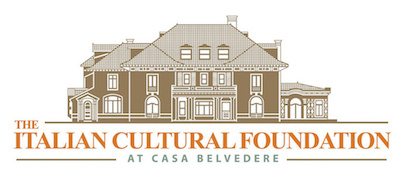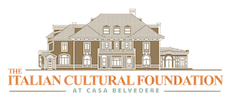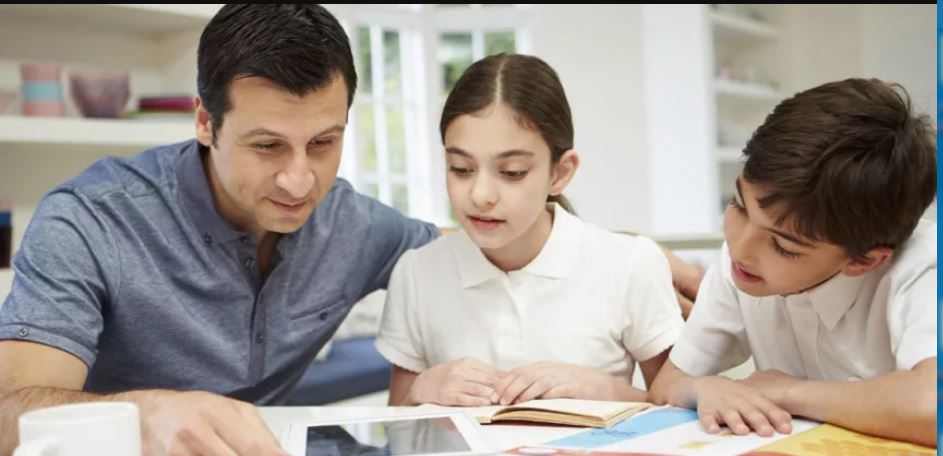By Joyce Venezia Suss
Both children and adults benefit from learning a second language, although there are some distinct differences.
Children – even preschoolers – learn much quicker than adults. Adults may struggle more with grammar rules and pronunciation, but because they have larger vocabularies, they can relate more to the native language.
Research has shown that children who learn a second language are better at solving problems and are more creative. They learn how to read faster and are generally more confident than other children. The multiple cognitive benefits translate to higher scores on standardized tests.
Studies have also show that bilingual children have more “gray matter” in their brains, which helps them process information better, including memory, speech and sensory perception. These cognitive benefits help them become excellent students.
Adults can learn a second language, but it generally takes more time. Neuroplasticity – the ability of the brain to change and adapt – decreases with age, but it doesn’t stop adults from learning new things. It may also help, because some studies show that stimulating an adult brain with a new language can slow age-related cognitive decline.
Adult learners should treat language lessons like a puzzle, with the goal to master new words and expressions. Learning a second language in a class setting has the added benefit of fun socialization.
In-person classes are typically more fun because the teacher can use fun activities to reinforce learning, and participants get to practice live language skills with other students. Virtual classes have other advantages, especially if the class can be held when it’s convenient for the student.
Beatrice Alecci, program director for The Italian Cultural Foundation at Casa Belvedere, says that young children can quickly duplicate the tones and sounds of a new language. If language instruction continues through high school, “children can speak smoothly and confidently,” she says.
Alecci also notes that bilingual students have an edge in college admissions, and future job prospects. “More importantly, it helps children relate to older family members who can share stories in their native language,” she says, “and makes it easier for them to visit and appreciate the country of their ancestors.”
Children are introduced to the Italian language with an interactive approach, designed to get students comfortable speaking Italian. During the sessions, they explore and experiment with basic vocabulary and expressions. Outside of class, worksheets and videos are assigned to reinforce the learning process.
“It’s even better when the child’s parents speak Italian at home,” Alecci says.
Adult language lessons offered through The Italian Cultural Foundation at Casa Belvedere are led by experienced language teachers Maria and Francesco Bonavita. They use a fun immersion program designed to develop or reinforce communicative skills in Italian.
“We focus on conversational skills at three different levels as well as underscoring grammatical basics that are essential to communicate in Italian,” Maria says.
Adds Francesco, “Using practice and repetition, our students absorb the finer details of the language that can last a lifetime.”
For more information about Italian language classes offered through The Italian Cultural Foundation at Casa Belvedere, call 718-273-7660 or click here.
The Italian Cultural Foundation at Casa Belvedere is a not-for-profit organization that celebrates everything Italian by sharing stories such as this, and offering exceptional public programs: Language and cooking classes; art and photo exhibits; film festivals; opera luncheons and casino nights; Italian car shows and fashion shows; live concerts and theatrical performances; guest chef experiences and wine tastings; bocce and bingo (tombola); and much more. Casa Belvedere (house with a beautiful view) has established itself as a vibrant and buzzing cultural center in New York City. For more information, visit casa-belvedere.org.





